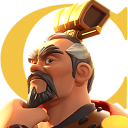Sekiro: Shadows Die Twice - Mastering Combat Mechanics and Strategy
Aug-02-2024
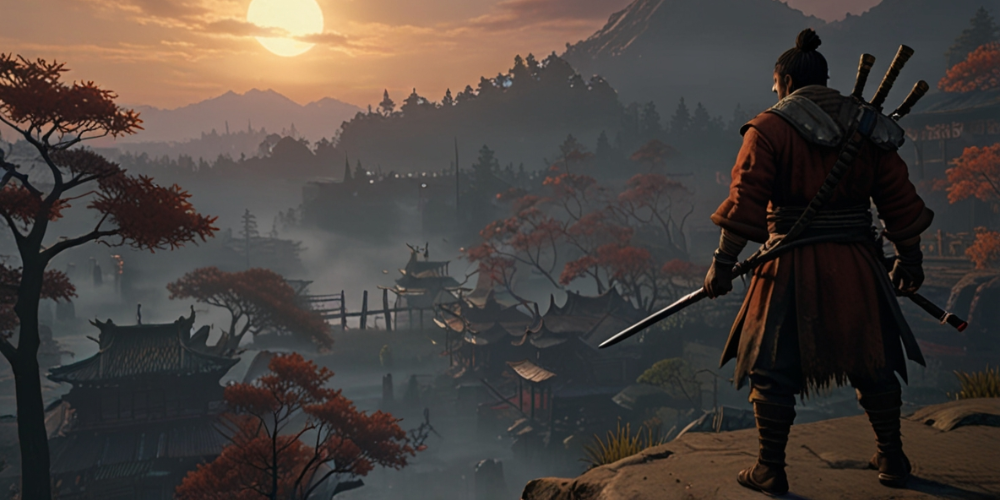
The moment I stepped into the world of Sekiro: Shadows Die Twice, I felt a wave of excitement mixed with apprehension wash over me. The beautifully crafted Japanese landscapes, the intricate designs of the characters, and the haunting melodies set the stage for a journey that demanded not just skill, but a deep understanding of combat mechanics and strategy.
The Importance of Posture
One of the first things I learned was that in Sekiro, combat revolves around posture. I found that every encounter required me to focus not just on hitting the enemy but on breaking their posture. My attacks weren’t merely for dealing damage; they were a means to an end—disrupting my opponent’s balance and setting them up for a powerful death. This understanding shifted my mindset from being purely offensive to adopting a more tactical approach.
Parrying and Deflection
At first, learning to parry felt daunting. The timing had to be impeccable, and I often found myself on the brink of defeat, watching my health dwindle. However, as I practiced, I discovered the rewarding sensation of deflecting an enemy’s attacks. It was exhilarating to watch their posture crumble under my precise counters. Every successful parry gave me a rush of adrenaline and confidence, pushing me to take greater risks in battle.
The Role of Stealth
Combat isn’t just about swordsmanship in Sekiro; stealth is a fascinating aspect that I couldn’t overlook. I quickly adopted a strategy of sneaking up on enemies, taking them out quietly to minimize chaos. Each successful stealth murder made the following encounters much easier, allowing me to thin out groups of foes before they had a chance to overwhelm me. The thrill of staying hidden while planning my next move added a layer of depth to my journey.
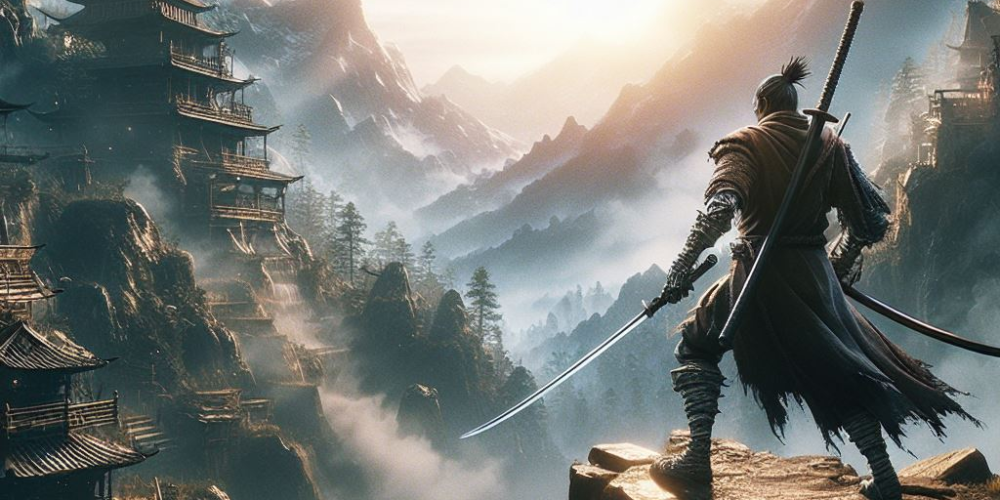
Defining Combat Styles
Throughout my adventures, I began to appreciate the different combat styles the game offered. Each enemy had its own unique patterns and weaknesses. I learned to adapt my approach depending on whether I faced a swift adversary or a heavily armored foe. This required me to constantly analyze the situation and switch strategies on the fly, balancing aggression with caution.
The Importance of Upgrades
As I continued to progress, I recognized the significance of upgrading my character and equipment. Collecting skill points and crafting materials wasn't just an afterthought; it became a pivotal part of my progression. I meticulously optimized my skill tree, focusing on abilities that complemented my fighting style. Every upgrade felt impactful, making me feel stronger and more capable as I faced tougher enemies.
Recognizing Enemy Types
One of the most crucial lessons was understanding the various types of enemies I encountered. Each enemy type required distinct strategies to defeat. I had to remain vigilant and observant, as knowing when to dodge, when to deflect, and when to attack was vital to my survival. Identifying weaknesses became a game of its own, one that enhanced my skills as a player.
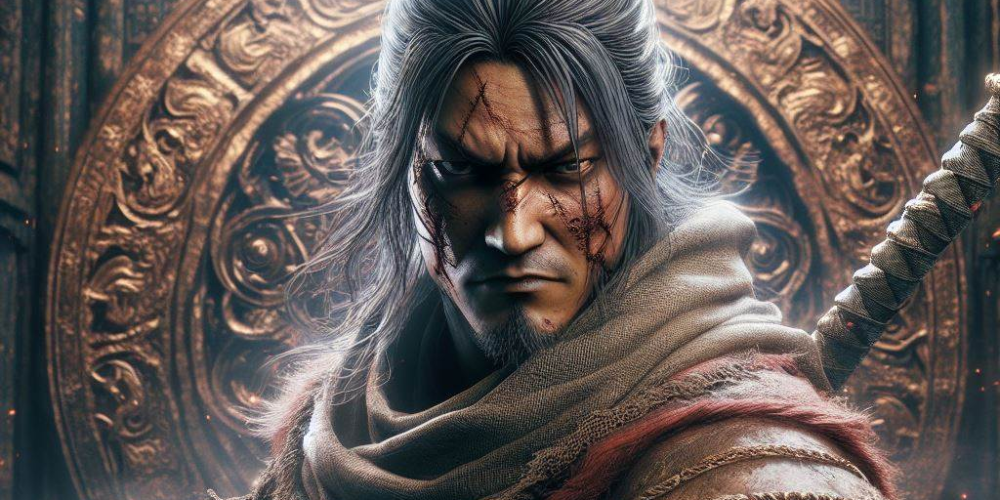
Utilizing Prosthetic Tools
Prosthetic tools added a unique dimension to my combat. I initially thought of them as mere supplements, but soon realized the extent of their tactical potential. The grappling hook allowed me to reach higher ground or engage enemies from unexpected angles. Meanwhile, tools like the shuriken or the loaded axe helped break enemy defense in ways my katana couldn’t. Experimenting with various combinations during battles became a thrilling form of strategizing.
Understanding the Resurrection Mechanic
The resurrection mechanic was a poignant element of the game. The first time I died, I felt the sting of losing hard-earned progress. But as I resurrected, I understood that this feature could turn the tide of battle. Instead of merely viewing my death as a failure, I learned to see it as an opportunity—to gain advantages over my adversaries by returning to the fray unexpectedly. This mechanic deepened the combat experience, emphasizing the need for mindfulness even in potential defeat.
Environment and Verticality
As I explored the intricately designed environments, I learned that the world itself could be used to my advantage. The verticality of the levels opened up unique strategies. I started to incorporate the landscape into my battles, using rooftops and ledges to outmaneuver my opponents. Each environment presented its own challenges but also its own tactical opportunities, amplifying the intensity of encounters.
Boss Fights: The Ultimate Test
When I finally stepped into the arena against the first big boss, my heart raced. These fights were more than mere challenges; they tested everything I had learned up to that point. I discovered that adaptability was key in these encounters. Each boss had their own set of skills and phases, requiring me to remain fluid in my approach. Every moment of victory felt immensely satisfying, proving that my dedication to mastering the combat mechanics was paying off.
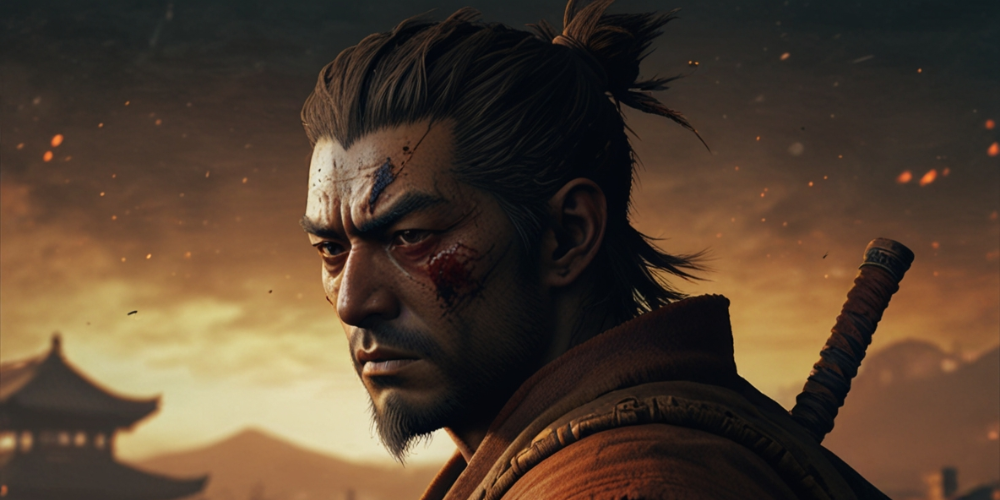
Learning from Defeat
Death in Sekiro is inevitable, especially during intense battles. Rather than feeling discouraged by my numerous failures, I began to see defeat as an educational experience. Each time I fell, I analyzed my mistakes, adjusting my strategies accordingly. This cycle of trial and error fostered resilience within me; I embraced each setback as a stepping stone toward improvement.
Building Patience
Before diving into Sekiro, I had often rushed through combat encounters in other games. However, the punishing nature of this one taught me the virtue of patience. I learned that waiting for the perfect moment to strike could lead to far greater rewards than mindlessly attacking. This shift in mindset helped me become a more analytical player, focusing on strategy rather than just speed.
The Emotional Connection to Combat
Sekiro became more than just a game for me; it was an emotional journey. As I faced the trials and tribulations throughout my travels, I formed a bond with my character and the story unfolding around me. Each formidable enemy I defeated felt like a personal victory. The combat mechanics not only challenged my skills but also resonated with my sense of determination as I strove toward my ultimate goal.
Community Insights and Shared Experiences
As I engaged with the Sekiro community, I realized that my experience was enriched by shared stories and strategies. Interacting with other players offered fresh perspectives on combat mechanics, unique builds, and creative playstyles. This camaraderie created a sense of belonging, knowing that each of us was on a similar journey, fueled by the desire to master the art of combat.
Final Thoughts on Mastery
Embarking on this journey in Sekiro: Shadows Die Twice pushed me beyond my limits. It was an experience that intertwined combat mechanics with the profound nature of strategy and execution. I didn't just play; I immersed myself in every battle, forming connections with my character and the world around me. Mastering the combat mechanics transformed each encounter into a dance between life and death, a thrilling experience worth every minute spent honing my skills.



